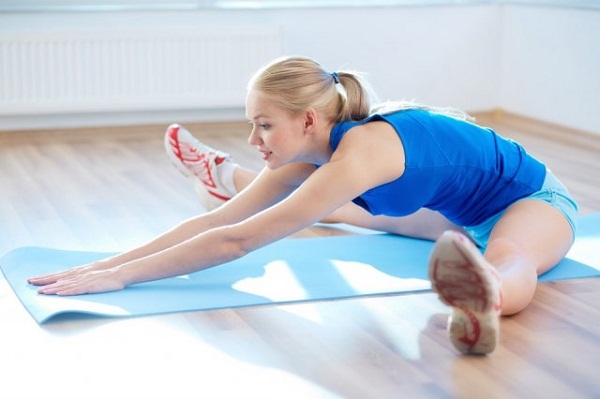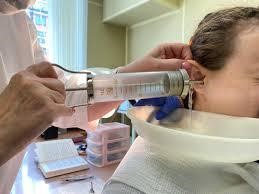Stretching muscles keeps our body flexible and prevent from injuries. If Stretching is done properly, it can do more wonders than just increase flexibility. When stretching is done systematically, it enhances the physical fitness, improves the ability of learning and performing skills. It also increases the mental and physical relaxation while improving the development of body awareness. Stretching reduces the risk of injury to joints, muscles, and tendons. Stretching can also reduce the muscular soreness and minimize the severity of painful menstruation in females.
Many people do not always stretch properly and hence they do not get all the benefits of stretching. Some of the common mistakes people tend to do while stretching includes improper warming-up exercises, inadequate rest between workouts, overstretching, doing the wrong exercises and in the wrong sequence.

It is very essential to warm up our body before stretching by walking, jogging or any other simple exercises. A proper warm up usually takes about ten minutes and the sweating indicates that you are warmed up. If you have any chronically tight muscles, you may need to stretch them after the warm-up. After warming up you need to do some gentle stretching without forcing. Human muscle is like a rubber band, stretching it in any forced position will weaken it.
There are different types of stretching such as ballistic stretching, dynamic stretching, active stretching, passive stretching, static stretching, isometric stretching, and PNF stretching. But all these types fall under either dynamic or static. Dynamic stretching affects the dynamic flexibility of muscles where as static stretching affects the static flexibility of muscles.
Few points are to be noted while stretching. Always begin with gradual movement exercises of joints, simply rotate the wrists, bend the arm and roll your shoulders. This will enable the body’s natural lubrication to protect the surface of your bones at these joints. Always warm up the body before stretching, as this increases blood flow around the body, and this in turn makes the muscles more flexible. After the warm-up exercise, slowly bring your heart rate down before you begin stretching in order to avoid blood pooling within your muscles, which can lead to cramp and dizzy spells.
If you are wet due to sweating, take a bath or shower in hot water then stretch, as the hot water will help relax the muscles and prevent you from catching a cold.
Never bounce when you are stretching, unless you are doing some specific stretches for certain sports like ballistic stretching for martial arts.
Breathe regularly and rhythmically, do not hold your breath while stretching.
Begin with your legs, and work up to the body, in order not to miss out any of the stretches.




